Introduction
The global conversation around environmental sustainability is becoming louder each day. Plastic waste, overflowing landfills, and ocean pollution have all triggered a call for more responsible materials. One solution gaining momentum is biodegradable materials. These eco-friendly alternatives have the potential to reshape industries, reduce environmental damage, and create a cleaner future. But why are they considered the next big step in sustainable practices? And how are they changing the way businesses operate, especially in e-commerce?
1. The Problem with Traditional Materials
a) The Persistence of Plastics
Conventional plastics take hundreds of years to decompose. A single-use plastic bag, for example, might be used for mere minutes, yet it lingers in the environment for centuries, harming wildlife and disrupting ecosystems.
b) The Overflowing Landfill Issue
Landfills across the USA are reaching capacity. According to environmental agencies, Americans generate over 35 million tons of plastic annually, much of which ends up buried, releasing harmful chemicals as it slowly breaks down.
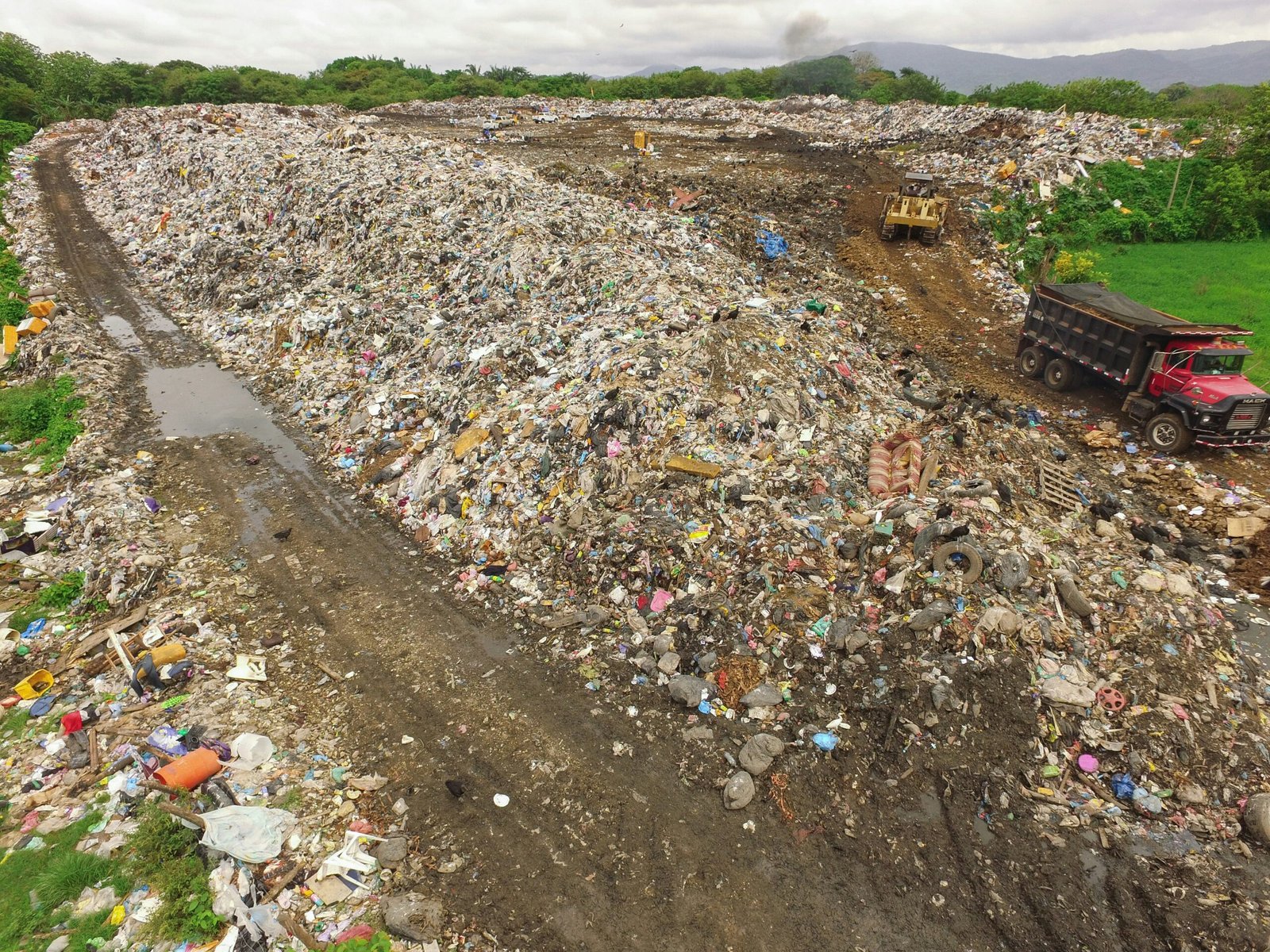
c) Ocean Pollution & Its Effects
The Great Pacific Garbage Patch, a massive collection of marine debris, highlights how unsustainable traditional packaging and production methods are. Wildlife mistakes plastics for food, leading to injury or death and disturbing the balance of aquatic ecosystems.
2. What Makes Biodegradable Materials Different?
Biodegradable materials are designed to decompose naturally into harmless components like water, carbon dioxide, and organic matter. This process happens much faster than the degradation of conventional plastics, significantly reducing long-term environmental impact.

a) Natural Decomposition Process
Unlike synthetic plastics, biodegradable materials break down under natural environmental conditions through bacteria, fungi, and other microorganisms.
b) Types of Biodegradable Materials
-
Plant-Based Plastics (PLA): Derived from corn starch or sugarcane, these are commonly used in packaging and disposable cutlery.
-
Biodegradable Paper & Cardboard: Often produced from recycled fibers, ideal for shipping and wrapping.
-
Compostable Bioplastics: Designed to decompose in industrial composting facilities, leaving zero toxic residue.
3. The Environmental Benefits of Biodegradable Materials
a) Reduction of Plastic Waste
Switching to biodegradable alternatives can drastically cut the volume of plastic entering landfills and oceans. This translates to fewer toxins leaching into soil and waterways.
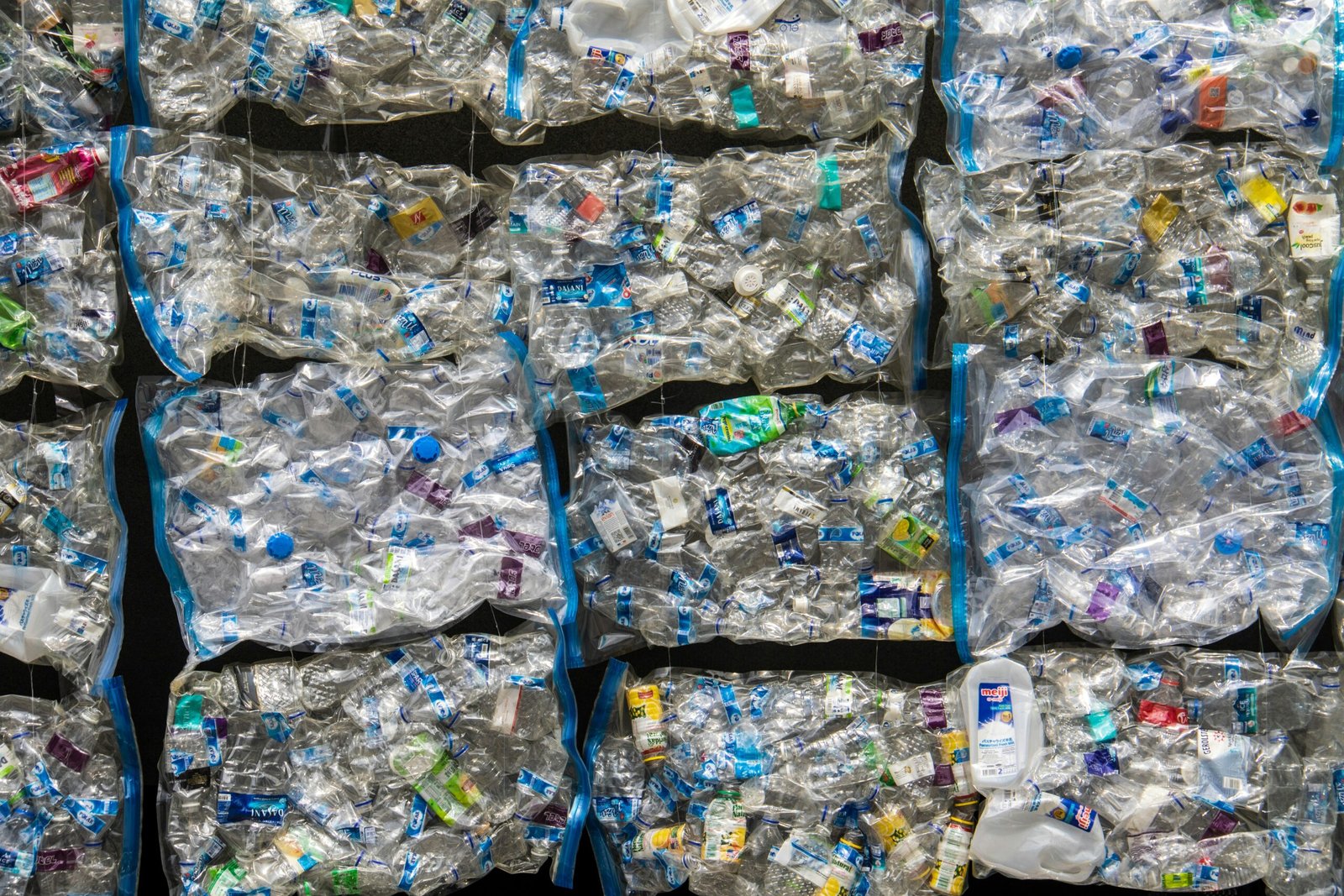
b) Lower Carbon Footprint
Many biodegradable materials are produced from renewable sources, requiring less energy than petroleum-based plastics. Some even absorb carbon dioxide during production, offsetting emissions.
c) Protection of Wildlife
Since these materials break down naturally, they pose less of a threat to wildlife. Animals are less likely to ingest harmful debris or become entangled in waste.
4. Economic Opportunities for USA-Based Businesses
a) Rising Consumer Awareness
Eco-conscious consumers are seeking responsible solutions, pushing industries to shift toward greener practices. Offering products and packaging made from biodegradable materials aligns with these values.
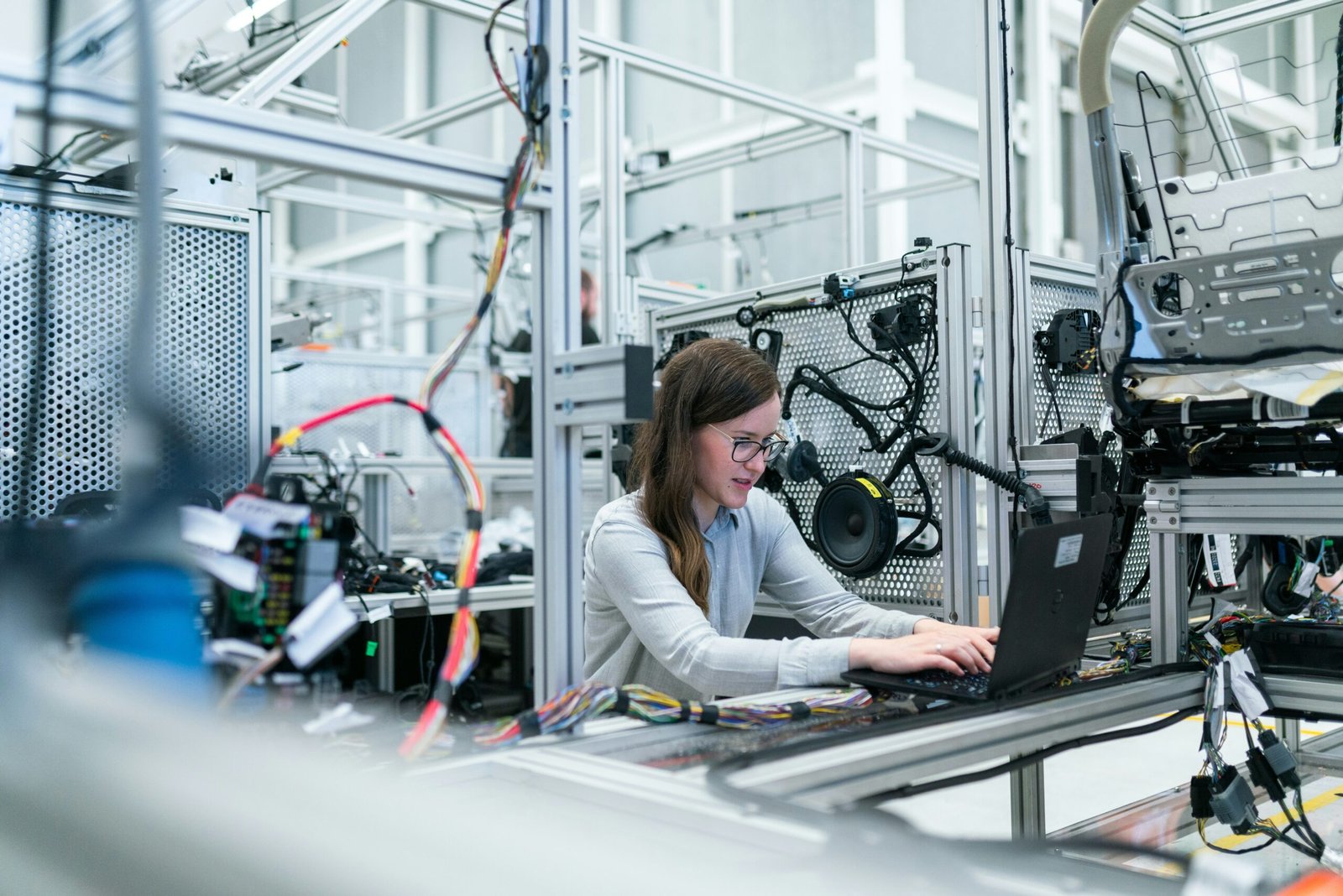
b) Regulatory Incentives
Several states in the USA are introducing laws that restrict single-use plastics. Businesses adapting early can avoid future penalties and stay ahead of regulatory trends.
c) Innovation in Material Science
The market for biodegradable technology is expanding rapidly. Companies investing in research are creating stronger, more versatile materials suitable for a wide range of applications—from food packaging to electronics.
5. Applications Across Industries
a) E-Commerce Packaging
Online retailers are increasingly using biodegradable mailers, wraps, and cushioning. These materials not only protect products but also ensure that waste generated during shipping breaks down naturally.
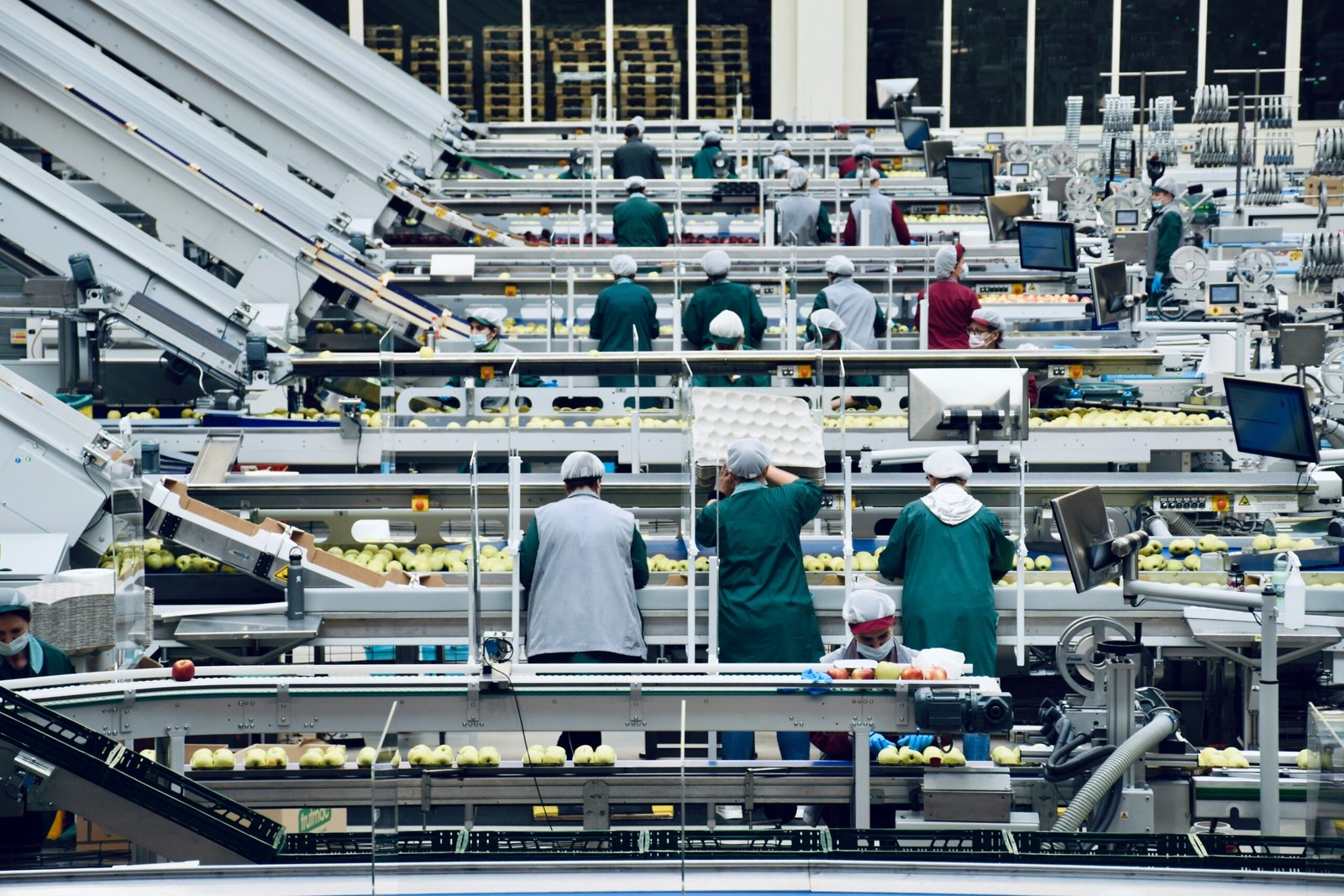
b) Food & Beverage Industry
Restaurants, cafes, and food delivery services are replacing plastic utensils and containers with compostable alternatives. This shift reflects a growing commitment to eco-friendly dining experiences.
c) Fashion & Apparel
Brands are experimenting with biodegradable fabrics such as organic cotton, hemp, and bamboo. Even tags, labels, and packaging are evolving to meet sustainability standards.
6. The Role of Consumer Awareness
While industries are making progress, education plays a key role in expanding the use of biodegradable solutions. Many individuals still confuse terms like “biodegradable” and “compostable.”

-
Biodegradable means a material breaks down over time, often in natural conditions.
-
Compostable means it breaks down into nutrient-rich soil, usually in a controlled environment.
When consumers understand these distinctions, they can make more informed choices and support businesses that prioritize eco-friendly practices.
7. Overcoming Challenges
Despite their benefits, biodegradable materials face certain challenges:
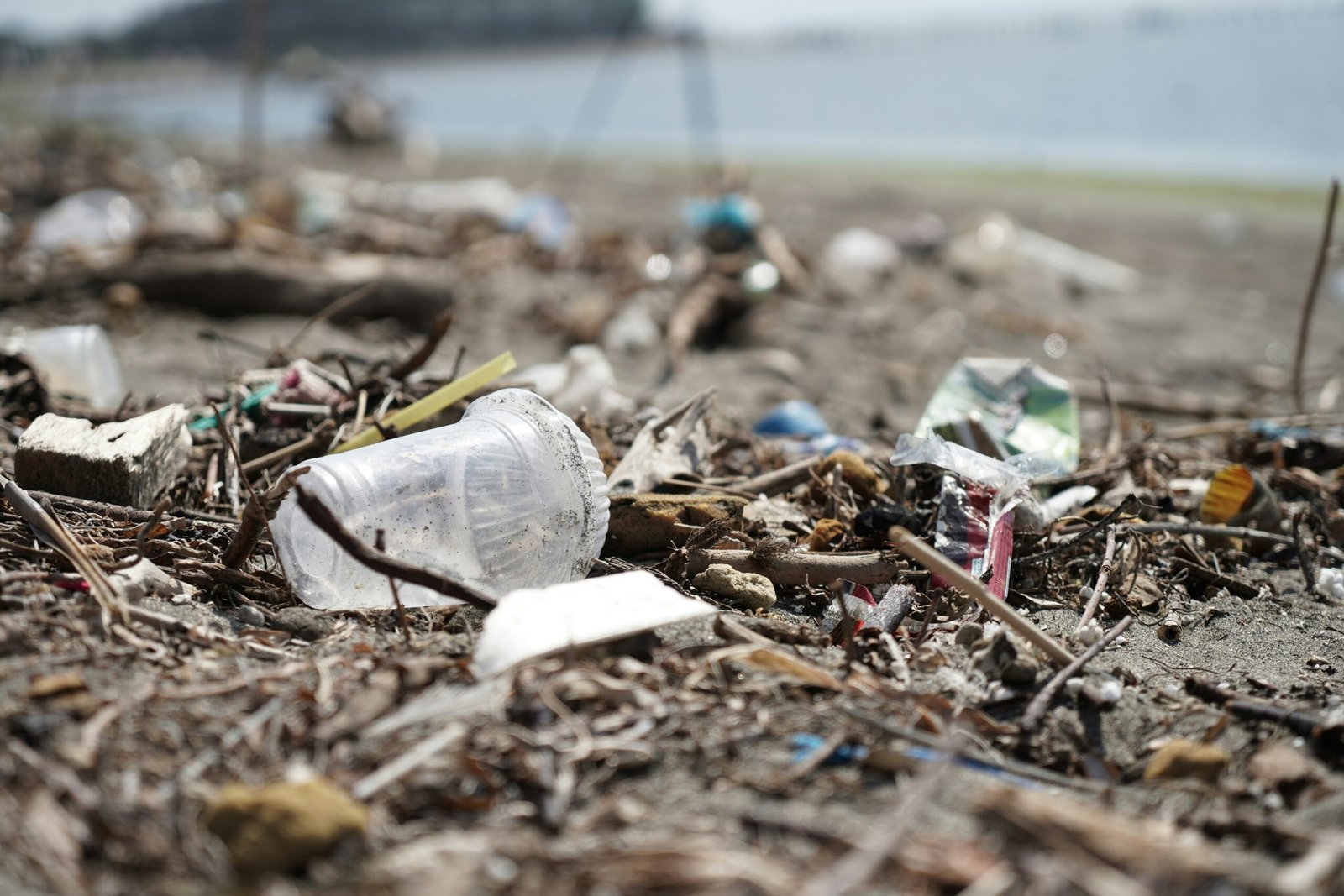
a) Higher Production Costs
Many of these alternatives are still more expensive to produce than conventional plastics. However, as technology improves and demand increases, costs are expected to decline.
b) Disposal Infrastructure
For materials to break down effectively, proper disposal methods are required. Expanding composting facilities and recycling programs across the USA is crucial to ensure maximum benefit.
The Future of Biodegradable Innovation
The next decade will likely see significant advances in sustainable materials. Scientists are developing biodegradable composites with enhanced durability, expanding potential use across automotive, electronics, and construction sectors.
E-commerce platforms, in particular, stand to lead this transformation. By integrating eco-conscious packaging, supporting sustainable brands, and educating customers about responsible disposal, these businesses can influence large-scale change.
Why This Shift Matters Now
The urgency to address climate change and pollution is undeniable. Biodegradable materials are not just a trend—they are a necessity for safeguarding the planet’s future. They represent a tangible step toward reducing the environmental impact of manufacturing and consumption while aligning with modern values of sustainability and responsibility.
Conclusion: Building a Cleaner Tomorrow
The movement toward biodegradable materials is reshaping industries, redefining packaging, and setting new standards for responsible production. For a USA-based e-commerce ecosystem, this shift is more than an innovation—it is an opportunity to lead with purpose and demonstrate commitment to environmental stewardship.